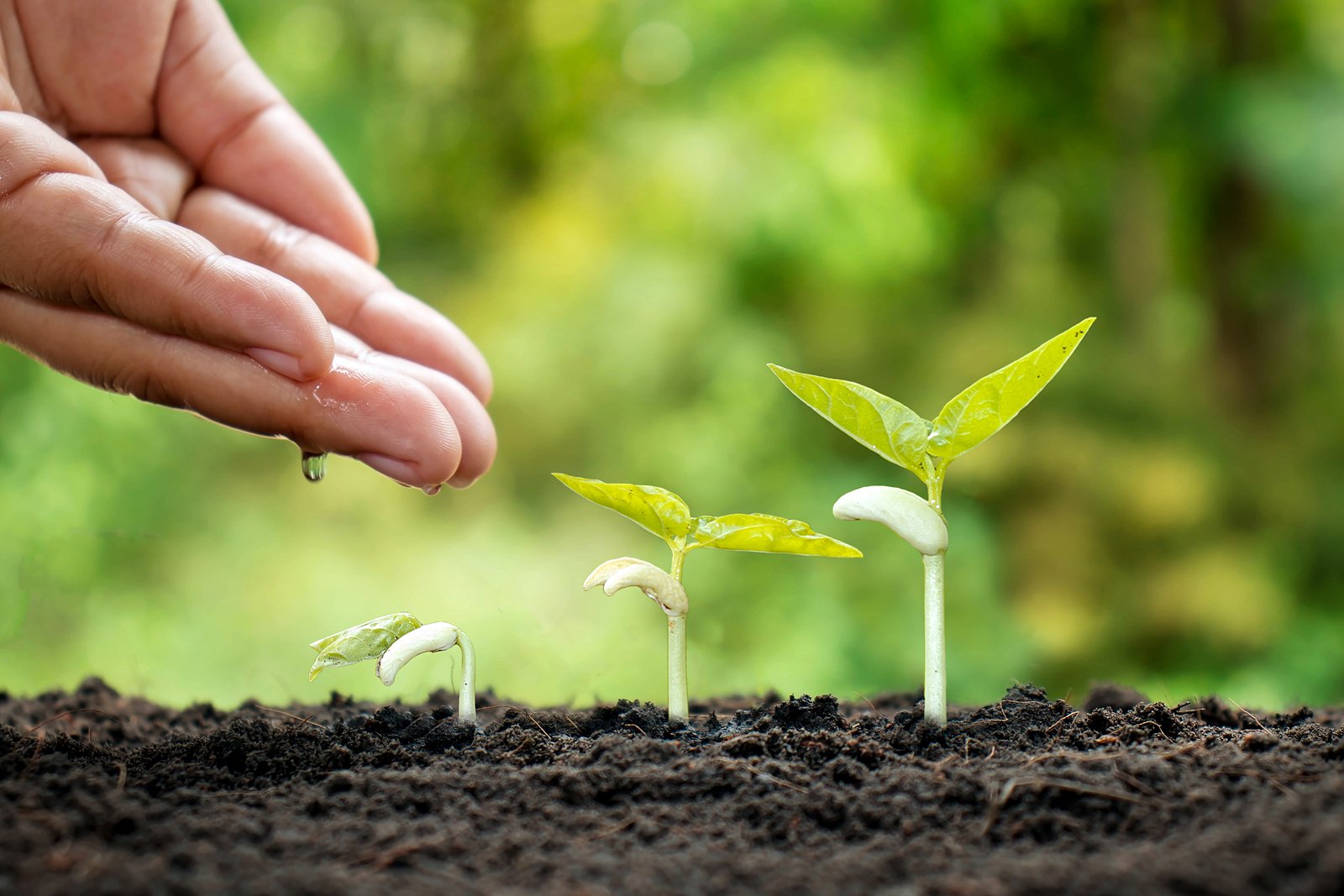Often, we have to reflect on whether we like and accept ourselves for who we are. We have to ask: “Do I accept myself?”
As it turns out, self-acceptance is not an automatic or default state. Many of us have trouble accepting ourselves exactly as we are. It may not be so hard to accept the good parts of ourselves, but what about the rest? Surely, we shouldn’t accept our flaws and failures?
But, in fact, that’s exactly what we need to do.
If we are going to look at our opportunity to develop our resilience, mental toughness and wellbeing, then we first need to accept who we are.
I recently came across this great article that gives some great strategies to develop our self-acceptance.
Self-acceptance is exactly what its name suggests: the state of complete acceptance of oneself. True self-acceptance is embracing who you are, without any qualifications, conditions, or exceptions (Seltzer, 2008).
“[Self-acceptance is] an individual’s acceptance of all of his/her attributes, positive or negative.” Morgado 2014
This definition emphasizes the importance of accepting all facets of the self. It’s not enough to simply embrace the good, valuable, or positive about yourself; to embody true self-acceptance, you must also embrace the less desirable, the negative, and the ugly parts of yourself.
If you’re thinking that accepting all the negative aspects of yourself sounds difficult—you’re not wrong! It’s not easy to accept the things that we desperately want to change about ourselves; however—counterintuitively—it is only by truly accepting ourselves that we can even begin the process of meaningful self-improvement.
Self-Acceptance vs. Self-Esteem
Although self-acceptance is closely related to other “self” concepts, t is a distinct construct.
Its close cousin, self-esteem, is also centred on your relationship to yourself, but they differ in an important way. Self-esteem refers to how you feel about yourself—whether you feel you are generally good, worthwhile, and valuable—while self-acceptance is simply acknowledging and accepting that you are who you are.
As Seltzer (2008) puts it:
“Whereas self-esteem refers specifically to how valuable, or worthwhile, we see ourselves, self-acceptance alludes to a far more global affirmation of self. When we’re self-accepting, we’re able to embrace all facets of ourselves—not just the positive, more ‘esteem-able’ parts.”
Full self-acceptance can lay the foundations for positive self-esteem and the two frequently go hand-in-hand, but they concern two different aspects of how we think and feel about ourselves.
Using Self-Acceptance
What is important to be aware of is that a lack of self-acceptance is related to lower levels of wellbeing, and perhaps even mental illness (Vasile, 2013).
If low self-acceptance causes (or results from) mental illness and low levels of well-being, it stands to reason that higher self-acceptance can act as a protective factor or a buffer against these negative experiences.
Self-Acceptance in Practice
Now that we know what self-acceptance is and how it can benefit us, we can move on to another important question: What does self-acceptance look like? How do we know when we have “reached” self-acceptance?
Marquita Herald (2015) from the Emotionally Resilient Living website puts it this way:
“Can you look in the mirror and truly accept the unique, wonderful work-in-progress person staring back at you?”
You will know that you have achieved your goal of self-acceptance when you can look at yourself in the mirror and accept every last bit of what makes you who you are, and when you no longer try to mitigate, ignore, or explain away any perceived faults or flaws—physical or otherwise.
Techniques you can implement to enhance your self-acceptance:
1. Practice relaxed awareness. What is relaxed awareness? As opposed to constant distraction, or concentrated focus, relaxed awareness is a soft consciousness of our thoughts, feelings, pain, self-rating, and judgment, etc. It’s an awareness of our existence, and the stream of phenomena that is occurring at this moment, including thoughts and emotions and outside stimuli. To practice: close your eyes for a minute, and instead of pushing thoughts away or trying to focus on your breath, just softly notice your thoughts and feelings and body. You might see negative thoughts or emotions — that’s OK. Just notice them, watch them. Don’t try to turn them into positive thoughts or push them away. You can do this practice for 5 minutes a day, or up to 30 minutes if you find it useful.
2. Welcome what you notice. When you practice relaxed awareness, you’ll notice things — negative thoughts, fears, happy thoughts, self-judgments, etc. We tend to want to stop the negative thoughts and feelings, but this is just a suppression, an avoidance, a negating of the negative. Instead, welcome these phenomena, invite them in for a cup of tea, give them a hug. They are a part of your life, and they are OK. If you feel bad about how you’ve been doing with exercise, that’s OK. Hug the bad feeling, comfort it, let it hang around for a while. They are not bad but are opportunities to learn things about ourselves. When we run from these “bad” feelings, we create more pain. Instead, see the good in them, and find the opportunity. Be OK with them.
3. Let go of rating yourself. Another thing you’ll notice, once you start to pay attention, is self-rating. We rate ourselves compared to others, or rate ourselves as “good” or “bad” at different things, or rate ourselves as flabby or too skinny or ugly. This is not a very useful activity. That doesn’t mean to let it go, but just to notice it, and see what results from it. After realizing that self-rating repeatedly causes you pain, you’ll be happy to let it go, in time.
4. Gratitude sessions. Wake up in the morning and think about what you’re grateful for. Include things about yourself. If you failed at something, what about that failure are you grateful for? If you aren’t perfect, what about your imperfection can you be grateful for? Feel free to journal about these things each day, or once a week if that helps.
5. Compassion & forgiveness for yourself. As you notice judgments and self-rating, see if you can turn them into forgiveness and compassion. If you judge yourself for not doing well at something, or not being good enough at something, can you forgive yourself for this, just as you might forgive someone else? Can you learn to understand why you did it, and see that ultimately you don’t even need forgiveness? If we really seek to understand, we realize that we did the best we could, given our human-ness, environment, what we’ve learned and practiced, etc. And so we don’t need to forgive, but instead to understand, and seek to do things that might relieve the pain.
6. Learn from all parts. We tend to try to see our successes as good, and the failures as bad, but what if we see that everything is something to learn from? Even the dark parts — they are parts of us, and we can find interesting and useful things in them too.
7. Separate from your emotions. When you are feeling negative emotions, see them as a separate event, not a part of you, and watch them. Remove their power over you by thinking of them, not as commandments you must follow or believe in, but rather passing objects, like a leaf floating past you in the wind. The leaf doesn’t control you, and neither do negative emotions.
8. Talk to someone. We get so in our heads that it’s difficult to separate our thoughts and emotions, to see things clearly. Talking through these issues with another person — a friend, spouse, co-worker — can help you to understand yourself better. Use the talking technique together with one of the above techniques.
Want to know more about developing self-acceptance and your personal wellbeing? Contact Michelle to discuss personal coaching.
Michelle Bakjac is an experienced Psychologist, Organisational Consultant, Coach, Speaker and Facilitator. As Director of Bakjac Consulting, she is a credentialed Coach with the International Coach Federation (ICF) and a member of Mental Toughness Partners and an MTQ48 accredited Mental Toughness practitioner. Michelle assists individuals and organisations to develop their Mental Toughness to improve performance, leadership, behaviour and wellbeing.
































